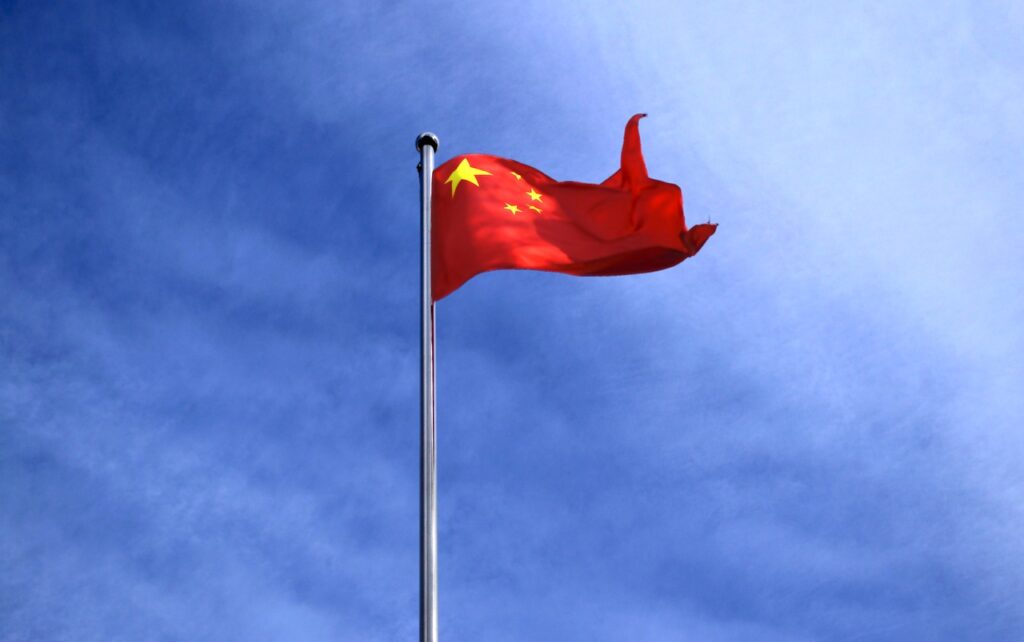President-elect Donald Trump has unveiled plans to impose substantial tariffs on imports from Mexico, Canada, and China. These measures, part of his broader trade and immigration agenda, aim to address illegal immigration, drug trafficking, and China’s involvement in the fentanyl crisis. If enacted, the tariffs could signify a major shift in U.S. trade policy.
25% Tariffs on Mexico and Canada
Trump plans to impose a 25% tariff on all goods imported from Mexico and Canada as one of his first executive actions. He declared that these tariffs would remain in place until both countries take stronger action to curb illegal immigration and drug smuggling into the U.S.
“On January 20th, I will sign all necessary documents to charge Mexico and Canada a 25% tariff on ALL products coming into the United States,” Trump announced on Truth Social.
10% Tariffs on China
Trump also proposed a 10% tariff on all Chinese imports, citing China’s failure to stop the export of precursor chemicals used by Mexican cartels to produce fentanyl. This synthetic opioid has played a central role in the U.S. drug crisis.
“Until such time as they stop, we will be charging China an additional 10% tariff on all their many products,” Trump stated.
China swiftly responded, warning that a trade war would harm both nations and emphasizing its cooperation in combating drug trafficking.
Economic and Market Reactions
The announcement triggered immediate market reactions. The U.S. dollar strengthened against the Chinese yuan, Mexican peso, and Canadian dollar. At the same time, Asian and European stock markets saw declines, reflecting investor concerns over potential economic disruptions.
Economists cautioned that the tariffs could ultimately burden American consumers. Robert Reich, a former U.S. labor secretary, described tariffs as hidden taxes that disproportionately affect working families. According to the Peterson Institute for International Economics, these tariffs could increase annual household expenses by an average of $2,600.
Implications for Trade Policy
Analysts suggest that Trump’s tariff threats are part of a broader strategy to renegotiate trade agreements, particularly the U.S.-Mexico-Canada Agreement (USMCA). Although the USMCA is not due for renegotiation until 2026, the tariffs could pressure Mexico and Canada into early talks.
“Mexico and Canada remain heavily dependent on the U.S. market, so their ability to push back is limited,” explained Wendy Cutler, vice president at the Asia Society Policy Institute. Over 80% of Mexico’s exports and 75% of Canada’s exports are destined for the U.S., making both countries vulnerable to tariff changes.
Trump’s “America First” Trade Strategy
The proposed tariffs align with Trump’s long-standing “America First” agenda, which seeks to reduce reliance on foreign goods and boost domestic manufacturing. During his campaign, Trump portrayed tariffs as tools to protect American jobs and the economy.
The 10% tariff on Chinese imports, while lower than previous threats, is seen as an opening move. Analysts believe that China’s current economic challenges, including high debt and weak domestic demand, may make it more willing to negotiate compared to the previous trade war.
Looking Ahead
Trump’s tariff proposals have ignited debate over their potential impact. Supporters argue they will strengthen trade negotiations and protect American interests. Critics warn of higher consumer costs and the risk of retaliatory measures from affected countries.
As Trump prepares to implement these policies, the long-term effects on global trade and the U.S. economy remain uncertain. With potential economic disruptions on the horizon, the world watches closely to see how these measures will reshape international trade dynamics.
